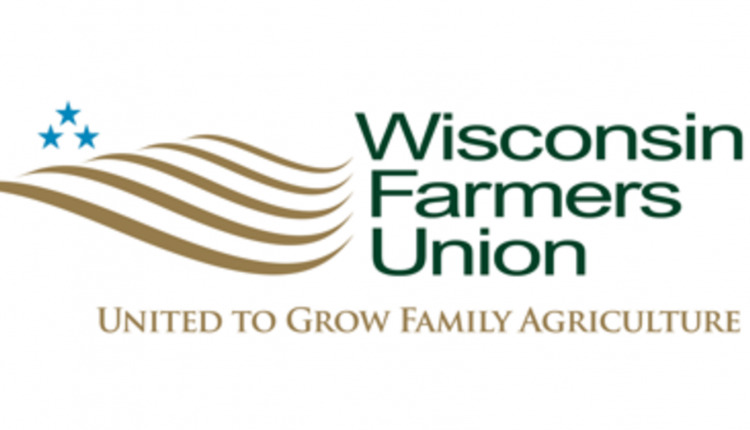Negative producer price differentials (PPDs) exploded onto the scene in June 2020 and sent shock waves throughout our dairy farming community. While those negative numbers certainly looked ugly on a milk check, ample time to reflect on the entire series of events delivers this perspective: Any possible solution to negative PPDs may be worse than the situation itself.
To fully examine events surrounding negative PPDs, we must consider the set of prevailing circumstances. The COVID-19 pandemic swiftly delivered the largest disruption to global business since World War II. Unlike supply chain and shipping issues that will linger for years to come, negative PPDs melted away within one year.
When it comes to milk checks, PPDs are an accounting feature that were created when multiple component pricing (MCP) came about via federal order reform over two decades ago. While PPDs are usually a positive value, if the calculated monetary value of the milk components in the federal order pool is greater than the actual total pool value, the PPD turns negative.
Put another way, the PPD is exactly equal to the uniform price minus the Class III price. When Class III prices are higher than the uniform or blend price, PPDs turn negative.
The negative PPD calculations starting in June of 2020 were set in motion by historic swings in pandemic-driven markets as Class III prices vastly outpaced Class IV. That price disparity took place largely because USDA infused money into the Farmers to Families Food Box Program. It was a $1.5 billion direct benefit in net food purchases, driving both demand and prices for cheese.
Then there’s the matter of depooling milk from the federal order pools. When Class III prices shot skyward, not only outpacing Class IV but even temporarily moving past the Class I price, those disparities caused many cheesemakers to pull milk from the price pools.
Even though depooling of milk does not cause negative PPDs, it can exacerbate the situation by turning a negative PPD even more negative.
As bad as the negative PPDs looked at the time, milk check revenue could have been far worse. Had the federal government not intervened with the food box program, we would not have had those large negative PPDs.
That’s the good news.
However, we also would have had milk price values about $5 less per hundredweight during that time.
Ouch.
Before anyone proposes a fix to a problem induced by a worldwide pandemic, let’s pause and consider how a well-researched fix that shifted Class I from a “higher of” to the “average of Class III or Class IV plus 74 cents” worked out. Perhaps no fix is the right fix when it comes to PPDs.








